Mysuru Srirangapatna
The royal city of Mysuru (Mysore) and the massive fort of Srirangapatna on a nearby island in the Kaveri River preserve an amazingly diverse architecture. This built legacy spans the 17th to 20th centuries, an era marked by the supremacy of the Wadiyar Maharajas of Mysuru, except for a short period towards the end of the 18th century when their authority was taken over by Haidar Ali and Tipu Sultan. Restored to the Mysuru throne by the English after the 1799 “Siege of Seringapatam”, the Wadiyars emerge as enthusiastic patrons of architecture and painting.
Visitors to Mysuru and Srirangapatna have much to see, beginning with the Mysore Palace with its splendid audience halls, and the art collection in the Jaganmohan Palace. Those with more time and interest can tour the city’s other palaces, royal temples, civic monuments, and markets. An excursion to the shrine dedicated to Chamundeshvari on the hill above Mysuru is a must, as is a visit to the Brindavan Gardens on the city’s outskirts. At Srirangapatna they can pay their respects to Ranganathaswamy, the god who gives his name to the island, and explore the ramparts, gateways, dungeons, and armouries built by Haidar Ali and Tipu. Here, too, they can admire Tipu’s imposing congregational mosque, his summer palace with its historical murals, and the domed tomb where Tipu and his parents are buried. As for the English who vanquished Tipu, they are represented by churches, memorials, and cemeteries. All these buildings and monuments are described in this illustrated guidebook by a team of specialist historians and architectural conservationists who provide essential information that will prove invaluable to interested visitors, as well as scholars and students.
Get it now and save 10%
BECOME A MEMBER

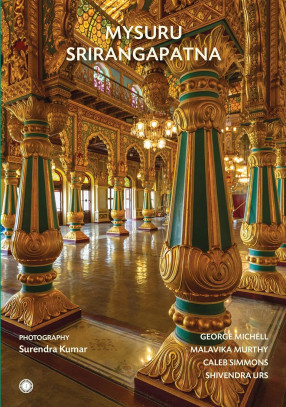
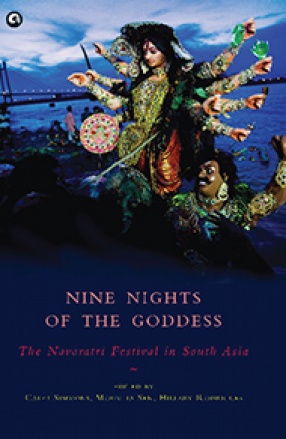
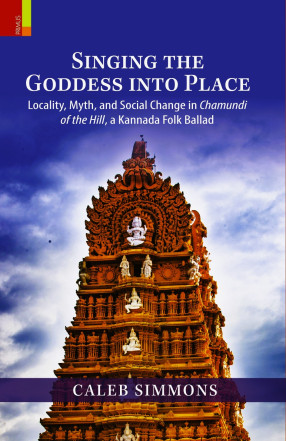
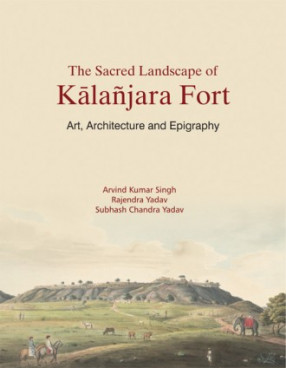
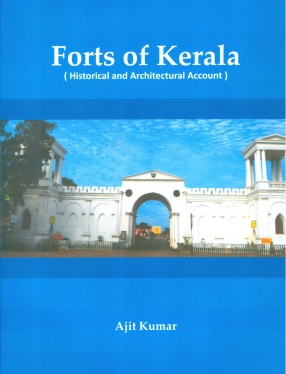
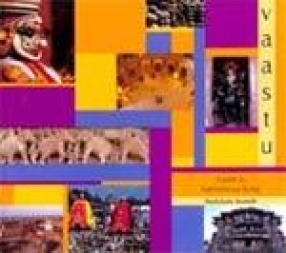


Bibliographic information
Malavika Murthy
Caleb Simmons
Tags